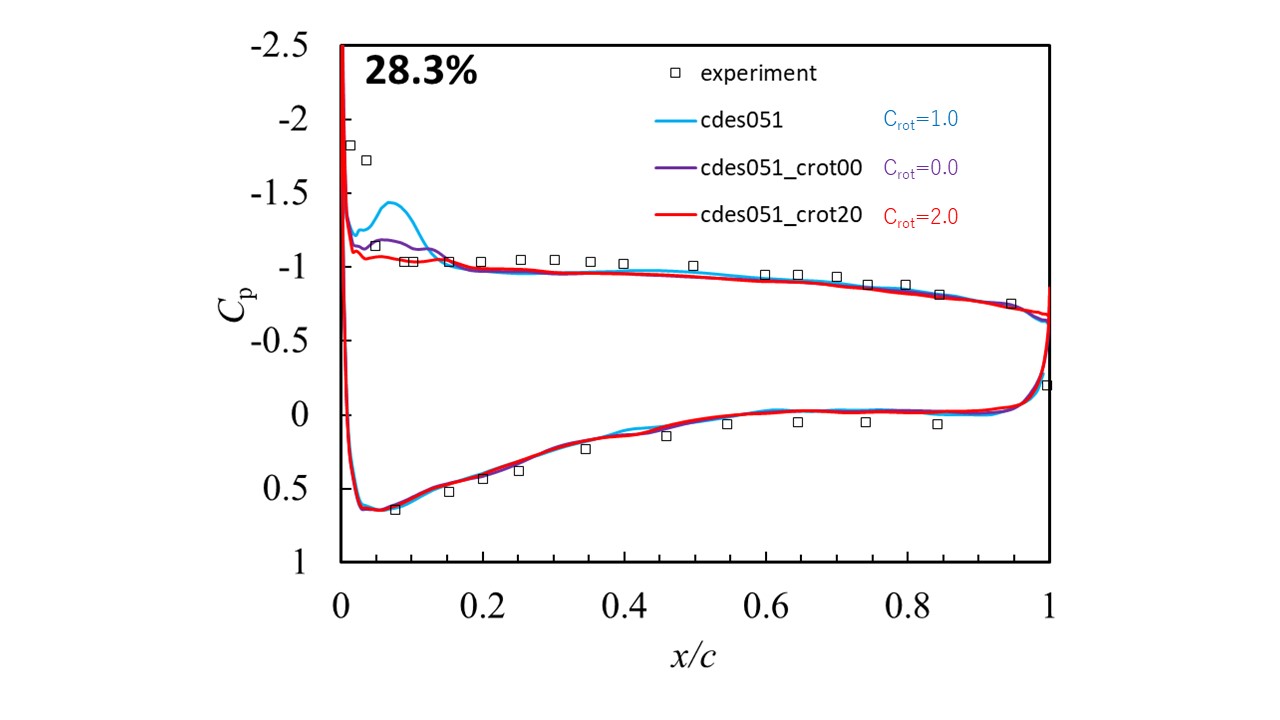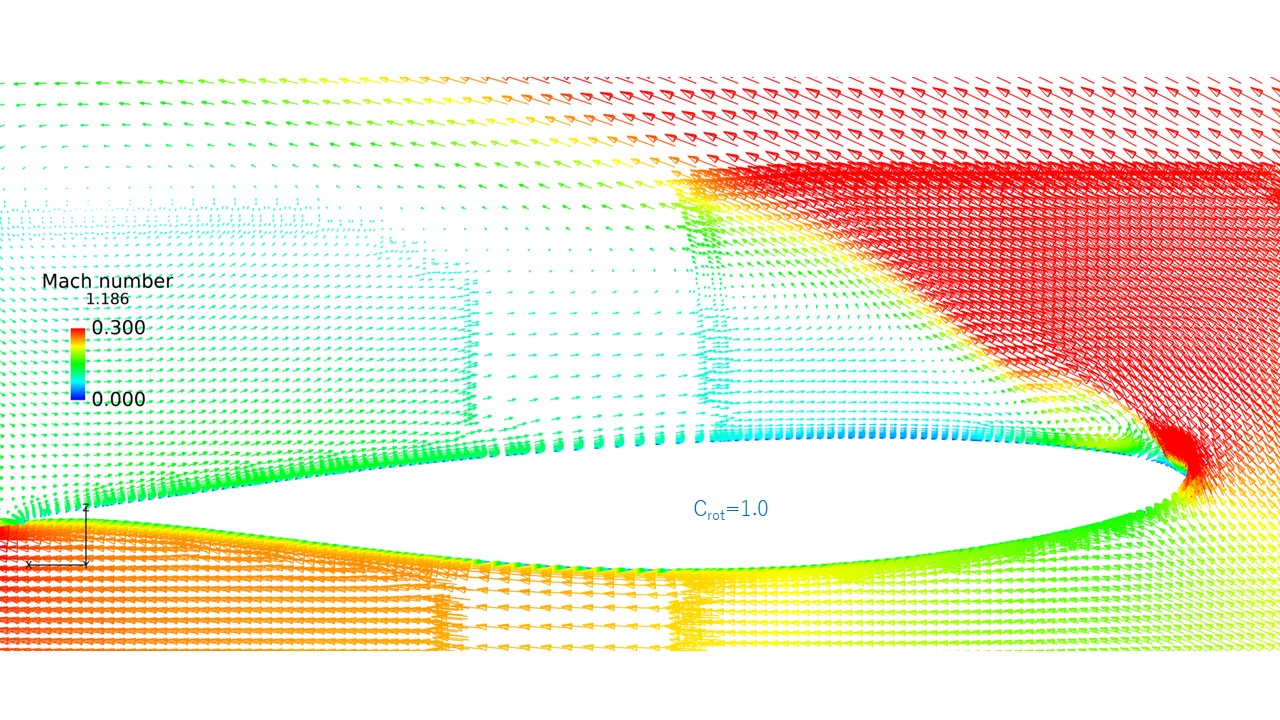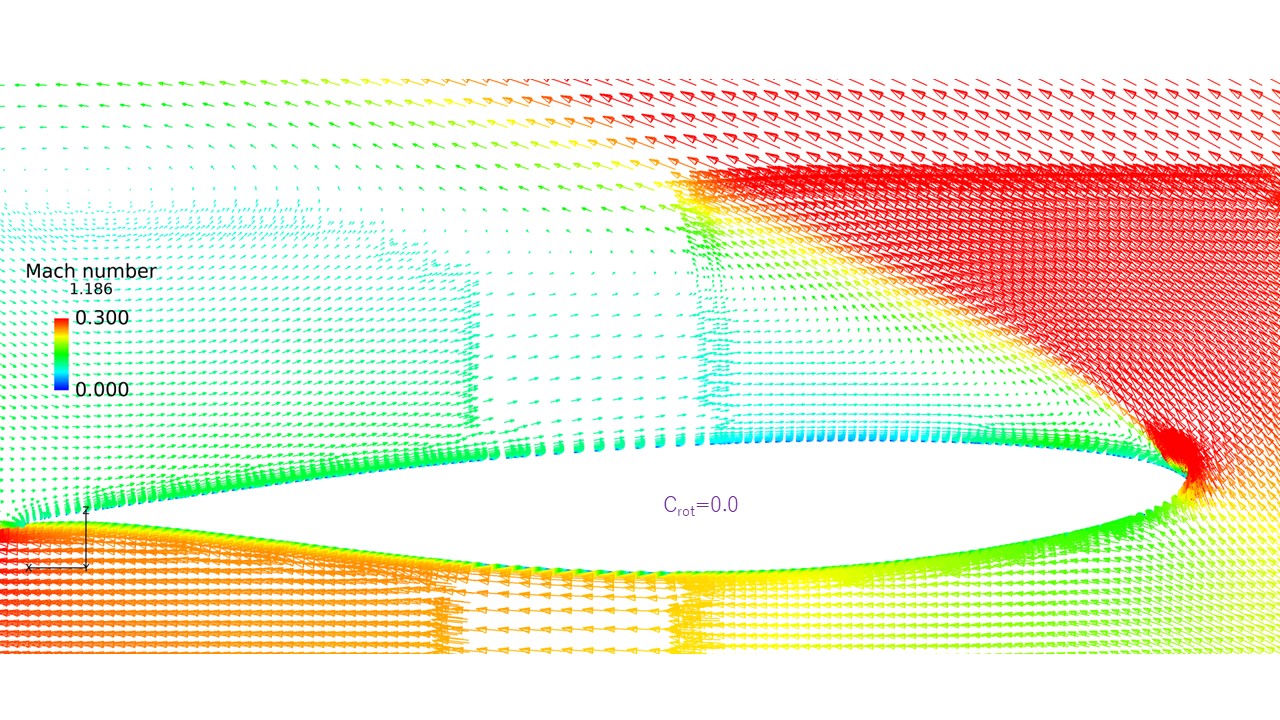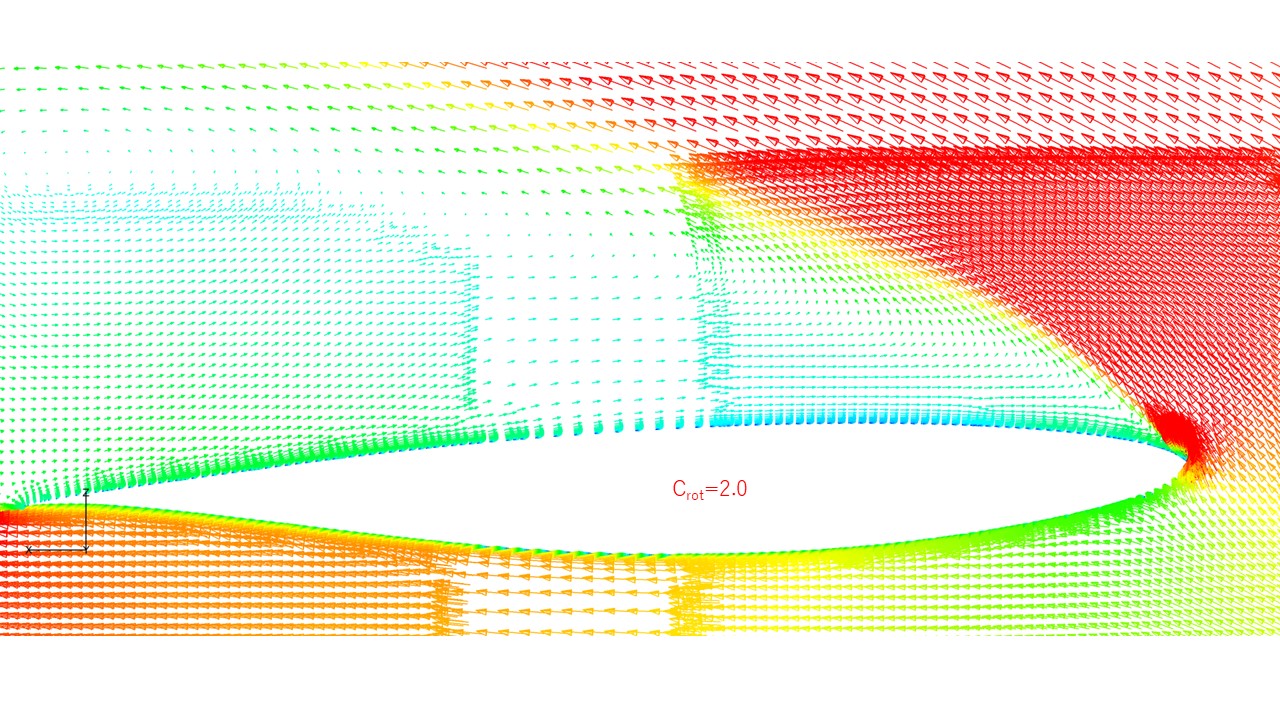High-Resolution, Efficient CFD Methods by Second Slope Limiter for Transonic Speeds
JAXA Supercomputer System Annual Report April 2018-March 2019
Report Number: R18EDA201N10
Subject Category: Aeronautical Technology
- Responsible Representative: Takashi Aoyama, Aeronautical Technology Directorate, Numerical Simulation Research Unit
- Contact Information: Keiichi Kitamura(kitamura@ynu.ac.jp)
- Members: Atsushi Hashimoto, Keiichi Kitamura, Kanta Fukumoto, Ayano Inatomi, Toshiaki Harada, Suguru Ogawa, Yuya Takagi, Hiroyuki Takimoto, Hiroto Yaginuma, Masashi Kanamori, Naoya Hase, Hayato Kawashima, Yoshikatsu Furusawa, Ryoyu Uematsu, Takeshi Fujimoto
Abstract
A high-resolution, Delayed DES has been conducted around whole the aircraft under the low-speed buffet condition. This numerical case is known as a tough problem, since it is difficult to obtain good numerical solutions that agree well with the corresponding experimental data. In the present study, through extensive investigations of various aspects of CFD schemes (e.g., turbulence models and their coefficients, numerical fluxes, slope limiters), we proposed a zone-based Delayed DES, coined as “HR-SLAU2-DDES”. Then, we successfully obtained better pressure distributions on the main wing than the earlier results.
Reference URL
N/A
Reasons for using JSS2
1) Expensive, unsteady CFD around whole the aircraft; 2) Many numerical cases (aerodynamic problems) in which our proposed schemes are verified.
Achievements of the Year
A high-resolution, Delayed DES has been conducted around whole the aircraft under the low-speed buffet condition. This numerical case is known as a tough problem, since it is difficult to obtain good numerical solutions that agree well with the corresponding experimental data. In the present study, we first proposed a simple dirty-cell detection method on 3D unstructured grids (FY2017) and published it (FY2018), Then, through extensive investigations of various aspects of CFD schemes (e.g., turbulence models and their coefficients, numerical fluxes, slope limiters), we extended it to a zone-based Delayed DES, coined as “HR-SLAU2-DDES”. As a result, better pressure distributions on the main wing than the earlier results are successfully obtained. For instance, Figs. 1-4 show effects of the coefficient “Crot” of SA-noft2-R turbulence model. In this example, it is demonstrated that the case with Crot = 2.0 or 0.0 rather than 1.0 has suppressed an excessive separation near the leading-edge of the main wing.
Publications
– Peer-reviewed papers
Kitamura, K., Aogaki, T., Inatomi, A., Fukumoto, K., Takahama, T., and Hashimoto, A.: Post Limiters and Simple Dirty-Cell Detection for Three-Dimensional, Unstructured, (Unlimited) Aerodynamic Simulations, AIAA Journal, Vol. 56, No. 8, 2018, pp. 3192-3204. doi:10.2514/1.J056683
– Oral Presentations
Keiichi Kitamura, Suguru Ogawa, Hiroyuki Takimoto, Masashi Kanamori, and Atsushi Hashimoto, “Low Speed Buffet Simulation using High-Resolution Delayed-DES”, 51st Fluid Dynamics Conference/37th Aerospace Numerical Simulation Symposium (to be presented, Jul-2019) (in Japanese)
Usage of JSS2
Computational Information
- Process Parallelization Methods: MPI
- Thread Parallelization Methods: OpenMP
- Number of Processes: 512
- Elapsed Time per Case: 19.73 Hour(s)
Resources Used
Fraction of Usage in Total Resources*1(%): 1.12
Details
Please refer to System Configuration of JSS2 for the system configuration and major specifications of JSS2.
| System Name | Amount of Core Time(core x hours) | Fraction of Usage*2(%) |
|---|---|---|
| SORA-MA | 8,084,309.15 | 0.99 |
| SORA-PP | 308,026.29 | 2.46 |
| SORA-LM | 26,345.55 | 12.28 |
| SORA-TPP | 0.00 | 0.00 |
| File System Name | Storage Assigned(GiB) | Fraction of Usage*2(%) |
|---|---|---|
| /home | 580.60 | 0.60 |
| /data | 44,527.07 | 0.79 |
| /ltmp | 19,287.12 | 1.65 |
| Archiver Name | Storage Used(TiB) | Fraction of Usage*2(%) |
|---|---|---|
| J-SPACE | 12.38 | 0.43 |
*1: Fraction of Usage in Total Resources: Weighted average of three resource types (Computing, File System, and Archiver).
*2: Fraction of Usage:Percentage of usage relative to each resource used in one year.
JAXA Supercomputer System Annual Report April 2018-March 2019






